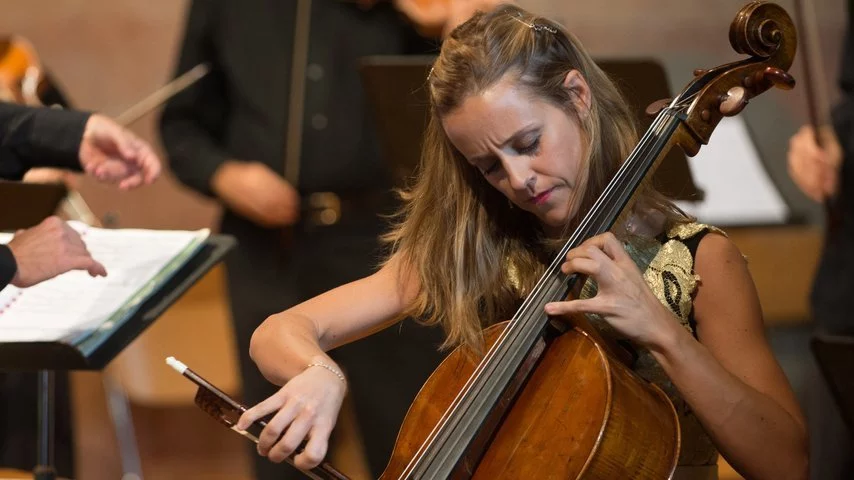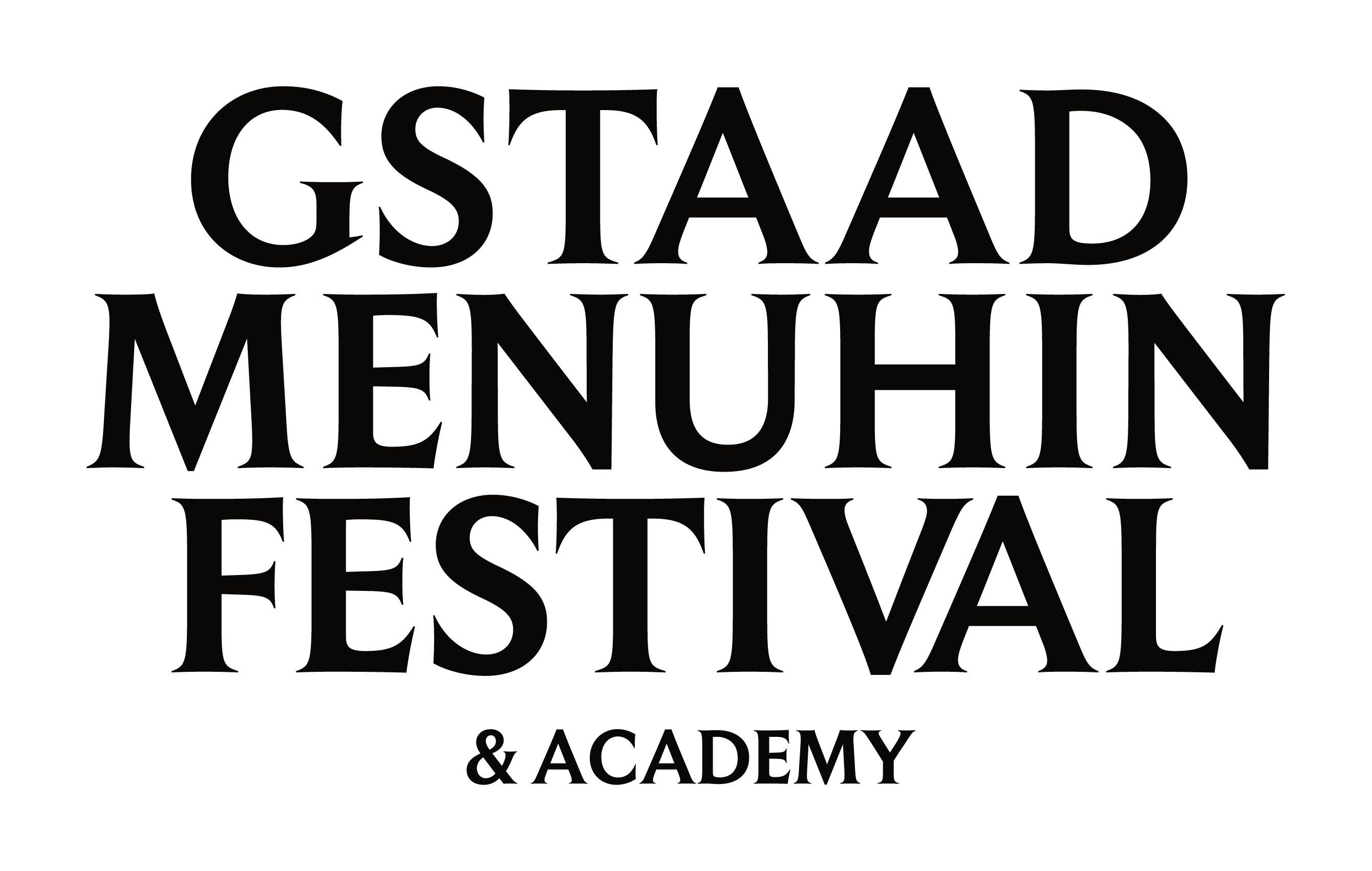A dance between violin and cello
Patricia Kopatchinskaja, Violine
Sol Gabetta, Violoncello
Johann Sebastian Bach (1685-1750): Invention I C-major BWV 772 (1723)
Iannis Xenakis (1922-2001): «Dhipli Zyia», Duo for violin and cello (1951)
Johann Sebastian Bach (1685-1750): Invention VI E-major BWV 777 (1723)
Zoltán Kodály (1882-1967): Duo for violin and cello op. 7 (1914)
Allegro serioso non troppo – Adagio – Maestoso e largamente, ma non troppo lento
Johann Sebastian Bach (1685-1750): Invention VIII F-major BWV 779 (1723)
Peteris Vasks (1946): Duo – commissioned by Gstaad Menuhin Festival and Schleswig-Holstein Musik Festival
Johann Sebastian Bach (1685-1750): Invention XIV B flat-major BWV 785 (1723)
Maurice Ravel (1875-1937): Sonata C-major for violin and cello (1927)
Allegro – Très vif – Lent – Vif, avec entrain
Sol Gabetta and Patricia Kopatchinskaja: From Bach to Peteris Vasks
Sol Gabetta and Patricia Kopatchinskaja play a programme that leads from Baroque to contemporary music. One often forgets that Bach was a remarkable pedagogue next to his compositional genius. During his years in Köthen he created the Clavier-Büchlein vor Wilhelm Friedemann Bach, a book of exercises for his eldest son. The second part of this booklet is comprised of thirty fugas: fifteen two voice inventions and fifteen three voice sinfonias, true gems.
Zoltan Kodály wrote the Duo for violin and cello op. 7 during the summer of 1914. It actually is a sonata, structured into three parts. Both the violin and the cello part make use of the flexibility of counterpoint like Bach in his two voice inventions and the madrigalists of the Renaissance.
Music and Mathematics
Jannis Xenakis was born in 1922 in Romania but was of Greek origin. He incorporates his like for architecture and mathematics and their numerical and spatial dimensions into his music research. He was the first European to use a computer for the process of composing. Metastasis (1954) is a typical piece of this new way of tone organization. Dhipli Zyia for violin (Patricia Kopatchinskaja) and violoncello (Sol Gabetta) was created during the same period.
Peteris Vasks first studied violin and double bass before going towards composition. In the beginning his style was influenced by the aleatoric experiments of Lutoslawski, Penderecki and Crumb. Later on he integrates elements of Latvian folk music into his compositions. Since the 90ies he is internationally known. Sol Gabetta and Patricia Kopatchinskaja play his piece which was commissioned by the Gstaad Menhuhin Festival.
A music massacre?
The world premiere of Ravel’s piece for violin and cello took place on 6thApril 1922 in Paris. The press was shocked and spoke of a massacre. This was not written without a reason: the piece stands for a radical shift in Ravel’s music, as the composer later expresses in his Esquisse biographique. He explains that he abstained from the charme of harmony and strove towards a tonal sobriety and scarcity. Sol Gabetta and Patricia Kopatchinskaja play Ravel‘s piece with a rarely heard intensity.



